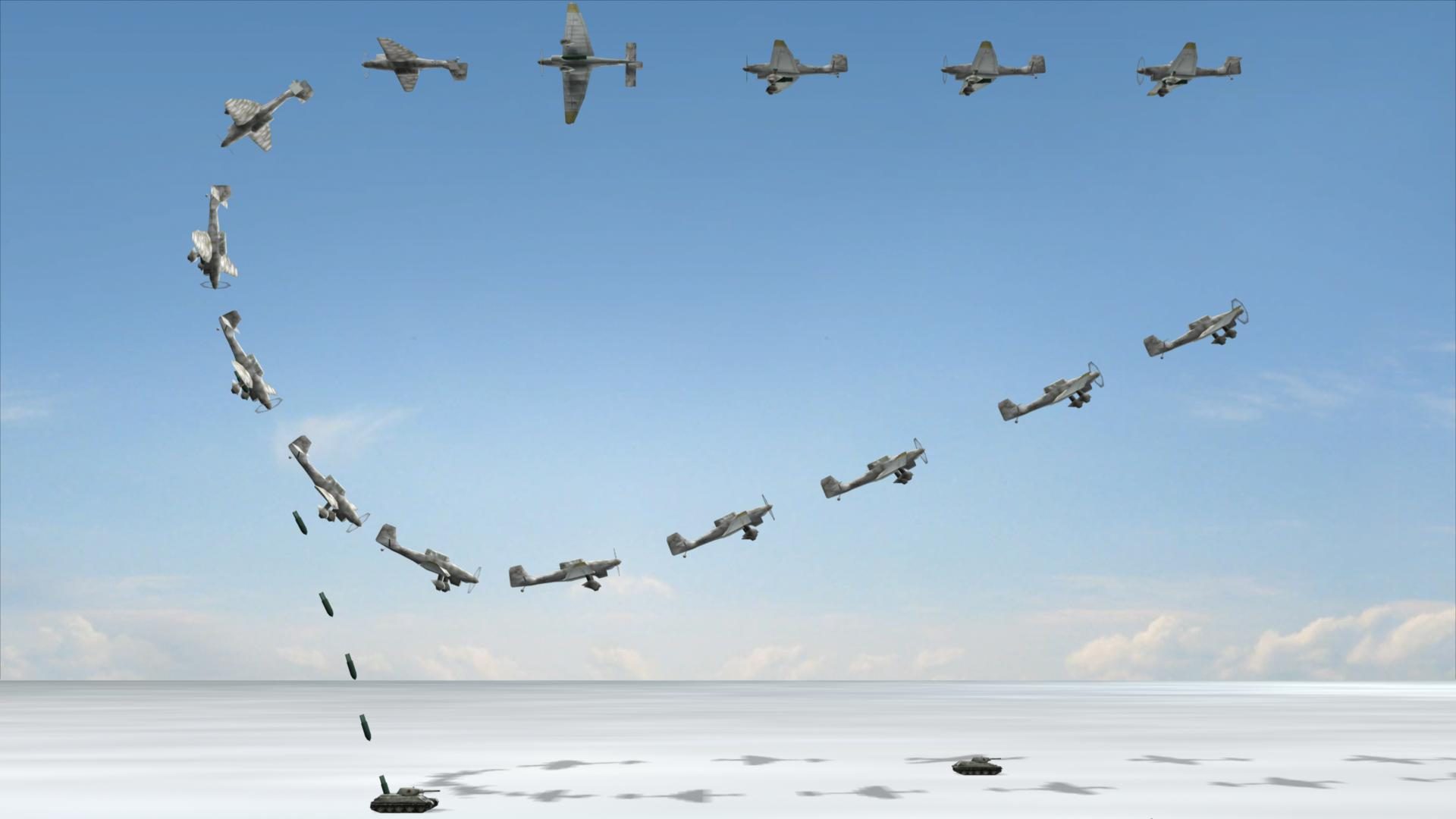Racing rules in real racing exist to penalise unfair driving, but not discourage hard racing. You may want to read some FIA regulations if you don't believe me on who's responsibility it is to avoid contact. I never said the inside driver could swerve into the outside driver, that's complete rubbish. If a driver is up the inside under brakes, the driver on the outside is responsible for avoiding contact, they can't just take a normal racing line and ignore the driver on the inside. The inside driver only has to make sure to leave one car's width room on the outside of the corner, no more.
According to the FIA sporting regulations, if the outside driver has half a car length lead when turning in, they have a right to stay alongside the inside car. If they are side by side, and the outside car is not leading, then the inside car does NOT have to provide racing room and is allowed to use the entire track width on exit. It is up to the outside car to ensure contact is not made, which is why you'll see real racers yield in these circumstances, because they'd get a penalty if there was contact.
The car making a move on the inside has to have the front of their car at least half way alongside the car on the outside to be allowed racing room. If they are only front wheel to rear wheel it is up to them to avoid contact, and they have no claim to the racing line, so they have to yield if the outside driver chooses to cut in to the apex. A good example would be Rosberg v Hamilton at Spa last year, Rosberg didn't yield in time before hamilton's rear tyre went over his FWEP, so that was Rosberg's fault.
I was describing exactly what I cited as an example: Rosberg v Vettel in Bahrain. Rosberg's moves were on the limit of what would be acceptable because he put his car where it needed to be LEGALLY. Therefore, if Vettel hadn't yielded, it would've been his fault. Too many people get too picky with their own interpretations of what is and isn't fair, simply because they expect to be given enough room everywhere in every situation. Real racing isn't like that, there are very clearly defined rules that have to be adhered to, and if you are following the letter of the law, the other driver can cry on his radio about it all day and it won't make any difference.
I agree with you on the definition of a divebomb, as you described the same thing I did when I said what I considered to be a divebomb. I was explaining that what some people have described as a divebomb is simply a late dive down the inside of an unsuspecting (sleeping and not defending as they should be) driver. One is a ridiculous dive from way back that would never work without hitting the other driver (the divebomb) and the other is a perfectly valid way of overtaking and is recognised as fair in the eyes of the world's governing body of motorsport.

 winning against you're opponent isn't about taking the best line, but about who can take away the most lines from his opponent..
winning against you're opponent isn't about taking the best line, but about who can take away the most lines from his opponent..
 or the driver in front intentionally brake very late then turn in aggressively blocking the inner line even when the supposedly dive bomber already in the end of braking phase with nowhere to go.
or the driver in front intentionally brake very late then turn in aggressively blocking the inner line even when the supposedly dive bomber already in the end of braking phase with nowhere to go.


